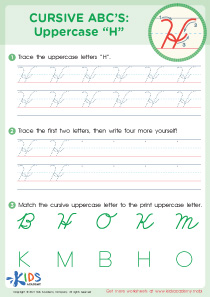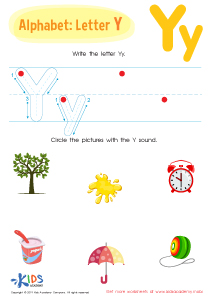Counting skills Phonics Worksheets for Ages 6-7
3 filtered results
-
From - To
Enhance your child's learning experience with our Counting Skills Phonics Worksheets tailored for ages 6-7. Designed to reinforce essential numerical skills through engaging phonics activities, these worksheets combine the fundamentals of counting with phonetic awareness. Your child will enjoy fun exercises that promote number recognition, order, and basic arithmetic while integrating phonetic sounds and letter recognition. Ideal for home or classroom use, these worksheets support diverse learning styles and help strengthen foundational math concepts. Spark your child's interest in learning with colorful, interactive layouts that make counting enjoyable and effective. Let the journey to academic success begin here!
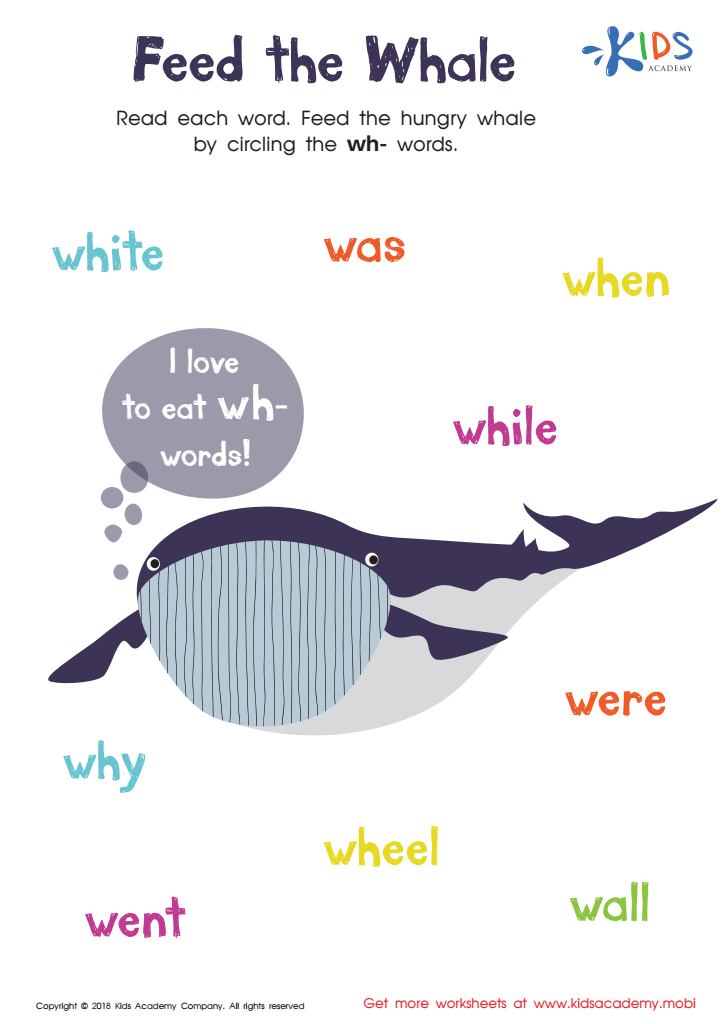

Feed the Whale Worksheet
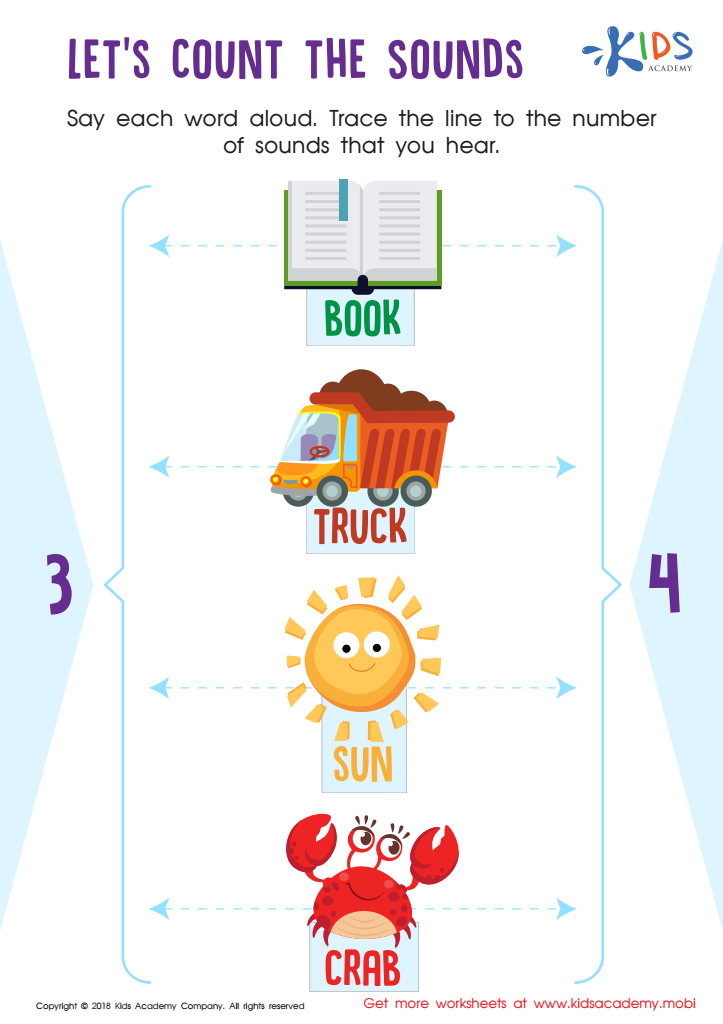

Let's Count the Sounds Worksheet
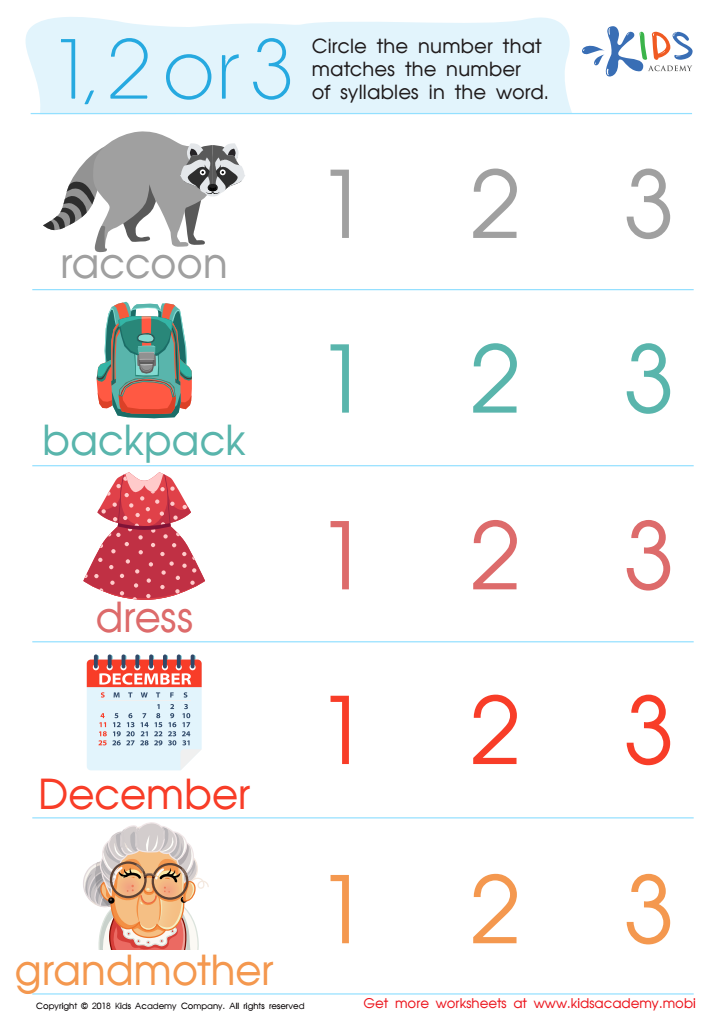

1, 2 or 3? Worksheet
Counting skills and phonics are fundamental components of early literacy and numeracy development, essential for children aged 6-7. Parents and teachers should care about these skills because they form the building blocks for future learning.
Counting skills help children develop their understanding of numbers, quantities, and basic arithmetic, which is vital for their ability to solve problems and understand the world around them. The ability to count leads to the capacity to recognize patterns and relationships in mathematics, creating a strong foundation for subjects such as addition and subtraction.
Phonics, on the other hand, is the cornerstone of reading and writing. By understanding the relationships between letters and sounds, children can decode words, which is crucial for their literacy development. A strong grasp of phonics leads to improved reading fluency and comprehension, enabling students to engage with various texts and materials confidently.
Furthermore, these skills impact a child's self-esteem and motivation. Proficiency in counting and phonics empowers students to participate in classroom activities and fosters a love for learning. When parents and teachers prioritize these skills, they are equipping children with essential tools for success in their academic journey and beyond. Investing in these fundamental areas can shape the trajectory of a child’s educational experience.

 Assign to My Students
Assign to My Students










